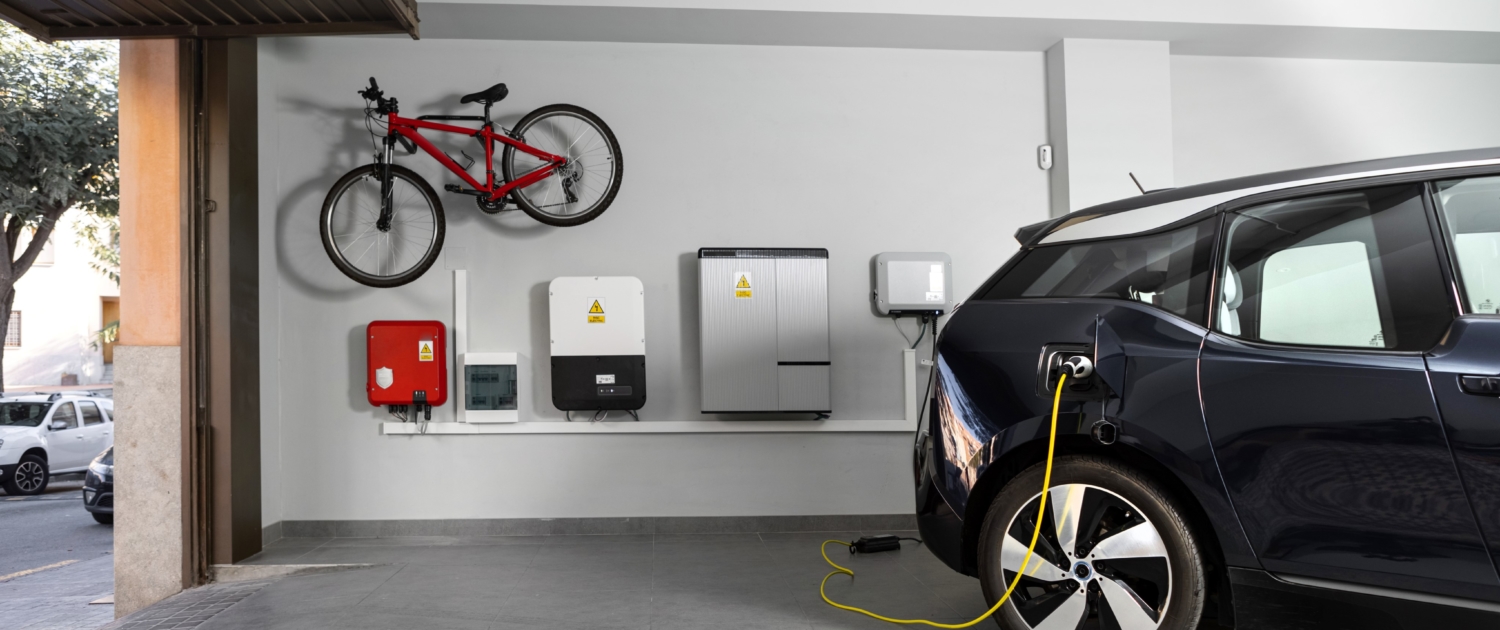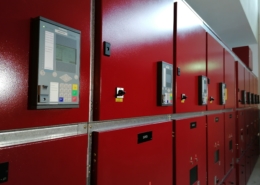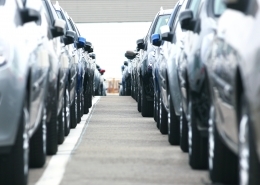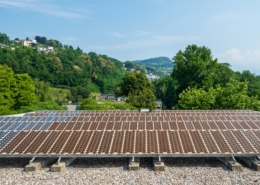Dear SFOE: Can I already use my electric car as a battery today?
In our "Dear SFOE" series, we return today to e-mails from Mr R. and Mrs J. on the subject of two-way charging, their dealers having stated that the use of this function is illegal in Switzerland.
How to navigate the regulations and abbreviations such as V2H (Vehicle-to-Home), V2B (Vehicle-to-Building) and V2G (Vehicle-to-Grid)? To find out more, Energeiaplus consulted Daniel Schaller, a specialist in transport energy efficiency at the Swiss Federal Office of Energy (SFOE).
V2H (Vehicle-to-Home) and V2B (Vehicle-to-Building)
Using a V2B/V2H-compatible car battery (or a stationary battery in the building) to power a home is perfectly legal. It is possible, for example, to charge your car battery using the grid or photovoltaic panels, and then use the accumulated energy for your own consumption, for example at night or on overcast days. Surplus photovoltaic electricity that does not pass through the battery can always be fed into the grid and paid for by the kWh.
Numerous functional V2B/V2H examples exist in Switzerland, some dating back several years. SuisseEnergie, a program of the Swiss Federal Office of Energy, presented this topic last year on its youtube channel :
- In French: EP1/5 La recharge bidirectionnelle : Stockage d'électricité sur roues pour les particuliers
- In German: EP1/5 Bidirektionales Laden: Die E-Auto-Batterie als Powerbank für den Privathaushalt
A range of ready-to-install V2B/V2H commercial solutions are available on the market.
V2G (Vehicle-to-Grid)
Contrary to what you may hear or read, V2G is not prohibited in Switzerland.
The potential of this technology lies in the pooling and management of the flexibility of several (tens of) thousands of V2G-compatible cars (or charging stations) by a "flexibility aggregator". The latter adds up the capacities of each V2G vehicle connected to a V2G charging station to form an "aggregated capacity" (or "control pool"), then sells it to Swissgrid or a distribution grid operator (DSO), for example, to rebalance the grid frequency or resp. the grid voltage, as required, within a matter of seconds. This rebalancing is made possible by injecting electricity from V2G cars into the grid on demand, under contractual conditions predefined with the flexibility aggregator. The latter then controls the flexibility made available to the cars. In this case, it is the vehicle's ability to respond to an order and provide a service that is rewarded, and not simply the uncoordinated injection of kWh from solar production, for example.
At present, V2G technology is not explicitly mentioned in the Electricity Supply Act (StromVG), the corresponding ordinances or other legislation. However, the regulatory framework for implementing V2G is clearly defined, particularly with regard to the provisions governing flexibility, grid access and grid feed-in.
The second set of ordinances for the implementation of the "Federal Law on a Secure Electricity Supply Based on Renewable Energies", which will come into force in 2026, will facilitate the development of economically viable business models with V2G. For the conditions of connection of a bidirectional charging station (V2G), chapter 4.6 of the corresponding AES manual applies.
Mobility (car sharing) has already legally tested V2G on a relatively large scale. Find out more about this project at : Bi-directional charging: More electric cars and cheaper charging stations needed | Mobility Neo
As V2G technology is not yet widely available, commercial offerings are still very limited. A ramp-up is planned for 2028-2030, once interoperability between cars and two-way charging stations is widespread.
Let's sum up the situation:
Yes, in Switzerland, the implementation of V2H, V2B and V2G is legally possible and well regulated.
Daniel Schaller, specialist in energy efficiency in transport at the Swiss Federal Office of Energy, and Fabien Lüthi, communications at the Swiss Federal Office of Energy
Image: Shutterstock
 Shutterstock
Shutterstock
 Benedikt VogelUn disjoncteur pour tous les cas
Benedikt VogelUn disjoncteur pour tous les cas  ShutterstockÖkobilanzen von Antrieben: ein Faktenblatt von EnergieSchweiz schafft einen Überblick
ShutterstockÖkobilanzen von Antrieben: ein Faktenblatt von EnergieSchweiz schafft einen Überblick  SUPSISeit 40 Jahren am Netz – die erste Photovoltaikanlage Europas
SUPSISeit 40 Jahren am Netz – die erste Photovoltaikanlage Europas  Benedikt VogelSolarstatistik aus heiterem Himmel
Benedikt VogelSolarstatistik aus heiterem Himmel 
 OFEN
OFEN Parlamentsdienste
Parlamentsdienste
Neuste Kommentare